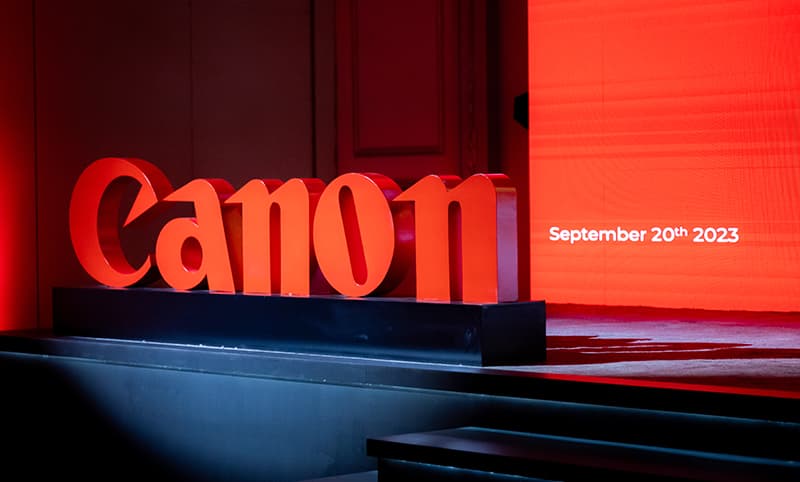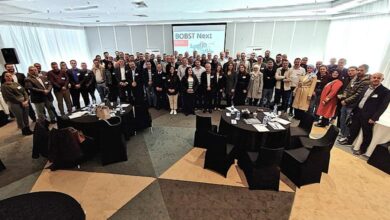Saudi Imaging & Printing Market to Quadruple by 2030

Driven by growing consumer demand and a surge in businesses setting up base or relocating to Saudi Arabia in line with Vision 2030, the Saudi imaging and printing market is set to quadruple in size by 2030, according to recent reports, historical sales data, prevailing market trends, and local expert insights from Canon Middle East & Turkey.
In Canon’s most recent study titled “State of the Middle East Print Industry”, printers were surveyed about the top prospects for print industry growth within the region. Notably, 66% of respondents highlighted Saudi Arabia as the leading candidate for such growth. Wide format printing and book printing represent promising growth applications. 75% of regional printers see growth in wide format graphics, 66% see opportunity in book printing, and 40% see it in commercial printing.

During a partner event held Wednesday (20 September) in Riyadh, Canon unveiled its inaugural Channel Partner Program (CPP) in response to the soaring demand for imaging and printing solutions across the Kingdom, especially for laser and inkjet printers among startups and SMEs. The event was attended by 80 key partners and attendees from across the country.
A report by the Small and Medium Enterprises General Authority (Monsha’at) shows that Saudi Arabia witnessed a 2.6% increase in SMEs in the second quarter of 2023, reaching a total of 1.23 million. Another report by the National Transformation Program (NTP) for 2022 suggests that the number of SMEs in Saudi Arabia more than doubled since the launch of Vision 2030, reaching 1.14 million by the end of last year.
Canon’s CPP marks a strategic move to empower distributors, resellers, and systems integrators to cater to both businesses and end users across the Kingdom. It is designed to provide integrated access to both its B2C and B2B product portfolios for channel partners throughout the country.
Commenting on the launch of the program, Ahlam Azhar, Regional Sales Director at Canon Middle East &Turkey, says, “The introduction of Canon’s Channel Partner Program marks a transformative shift in our collaboration with partners across the Saudi market. The program is complementary to the thriving entrepreneurial ecosystem and the growing need for cutting-edge imaging solutions throughout the Kingdom.”

Through this program, Canon commits to recognizing and rewarding its top-performing partners, with the goal of bolstering its presence across the Kingdom.
“Our channel partners are set to reap substantial rewards from this program – characterized by its unwavering commitment to customer-centricity and its recognition of partners who consistently provide tailored solutions,” adds Azhar.
The program provides a range of valuable benefits encompassing resources and opportunities designed to enhance partner success. Partners can access comprehensive collaterals, ensuring they have the marketing materials needed to promote Canon’s products effectively. The program also offers customized point-of-purchase (POP) materials, tailored to individual partner needs. In addition, partners benefit from personalized digital marketing support to boost their online presence, while access to demo units provides them with hands-on experience in Canon products, aiding their sales efforts.
As part of the program, extensive sales and product training ensure that partners are well-equipped with knowledge, while collaborative advertising opportunities enable joint marketing efforts, further expanding reach. Exciting incentive trips, exclusive promotions, and dedicated events round out the program’s offerings, making it a comprehensive platform for partner growth and success in the growing Saudi market.
Canon has invited organizations from across the Kingdom to join its program and tap into the company’s comprehensive portfolio spanning the full range of imaging solutions – from compact photo printers to large-scale print production offerings.





